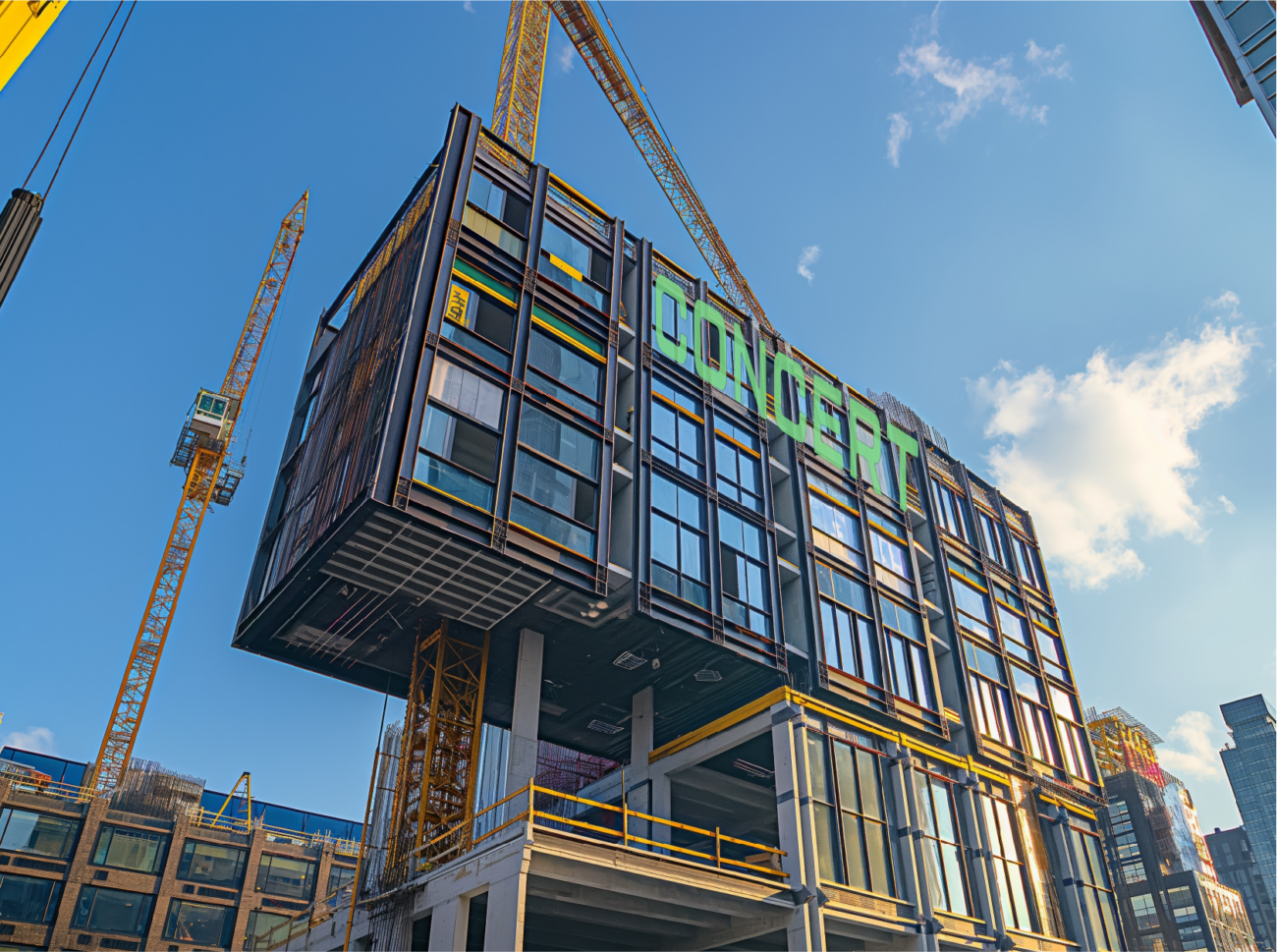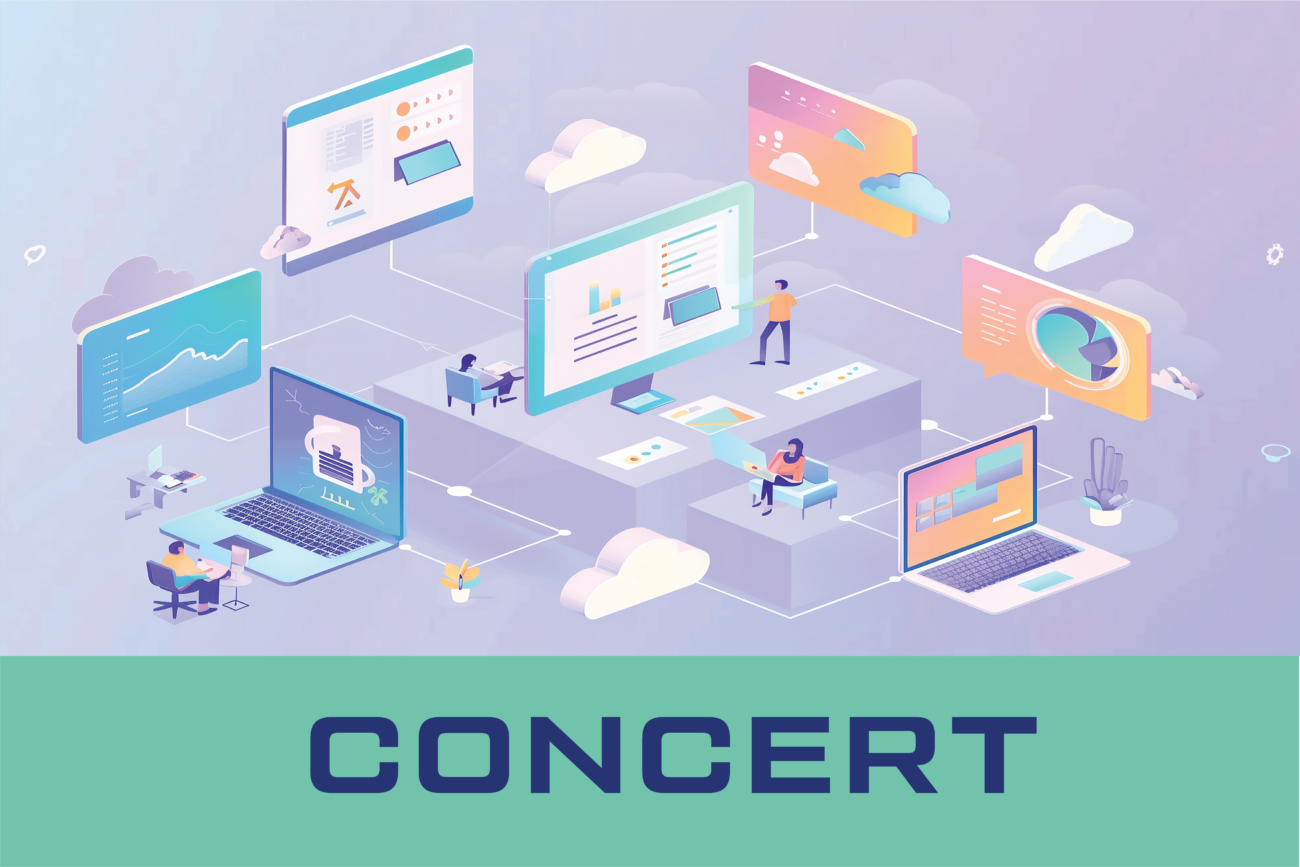Tim Dufault, FAIA – Concert CRO
I was in a conversation about transforming design and construction through digital delivery the other day and one of the participants is a commercial drone photographer/mapper and he exhorted “It’s not the technology that needs to change, it’s the culture”. He was lamenting that with his work, he has the capability to survey a site using Lidar to a resolution of less than two inches. This is an amazing level of accuracy, far more exact than a typical site engineer/contractor can achieve. The mapping software will then mathematically convert that point cloud into a contour map that is exact to fractions of a foot. Yet, in his conversations with civil engineers, they will typically complain about the information showing more than what they need and that the contour lines “look all wrong and jagged.” This, in context, comes from a design culture that doesn’t acknowledge the value of the digital information, but certainly can benefit from it.
There is a fundamental cultural shift that must happen in design and construction if we are going to realize the true benefits of digital delivery. Everyone in the industry, young and old, techno-savvy or not, must embrace the value of digital information. Design today is a data-based system. Digital applications in design are a given but the use of those design tools varies widely. The tools are valuable for advanced practices, but a hindrance to traditional practices. Larger contractors embrace new digital technologies, while smaller contractors continue to default to traditional tools. Perhaps a good analogy for the change is like changing from corded tools to battery-operated tools. It is hard to find a construction site these days without rows of chargers replacing piles of extension cords. In the end, cordless is safer and more efficient than corded, but until the industry reached an inflection point, users were slow to adopt it.
I expect the challenges to adoption we face in the design world are partially due to the demographic composition of firm leadership. The current generation of firm leaders who don’t know or understand how to use the technology, mostly because they don’t or very rarely use it, are driving some of the hesitations. By contrast, the newer generation of graduating professionals are digital natives and actively embrace all technologies. Yet, for many leaders who embrace the phrase “just because you can, doesn’t mean you should”, there is an argument that the need to adopt is not necessarily there. Thus, the pendulum swings more towards non-adoption.
The second, and more difficult challenge, is based on the traditional methods of monetizing the design process. Every design firm calculates the value of its services based on time and scope of work – how much do I have to do and when does it need to be done. The work scope is always related to the size and projected cost of the project. Time is budgeted to achieve at least a 3.0 multiplier on base salary. All of this is tied back to the traditional methodologies of project delivery – plans and specifications. This is two-dimensional thinking when everything we do is based on three-dimensional creation. In this context, technology is viewed as another method of delivering two-dimensional information.
Today, neither argument is valid. The industry must adopt innovative technologies and push the digital capabilities in design and construction even further. Today is the day to explore how technology can and will drive new efficiencies. We have a clear chance to be leaders in the marketplace, innovate more rapidly, and drive value in new and interesting ways. When we accept that, we can monetize work differently than the traditional models. Value can be based on derived performance, not just the scope of work. If we can help drive an increase in our client’s business or institution, is that not of higher value? Over the long term, if design is an active part of the daily business process, and it results in higher performance for the business, then the process has a greater value that eclipses the traditional models of compensation.
This is the clash of cultures in the design and construction world – we’ve always done it this way, so we will keep doing it that way, even though there are new and more valuable tools available. Those who embrace and adopt innovative technologies will continue to be frustrated by those who default to the traditional norms. But the tipping point will come, and that time is near.
We encourage all in the design and construction ecosystem to focus on transforming their practices into a fully-realized digital system. Discuss with your clients the value of the design process, not as a cost but as a mechanism to drive higher performance for their business or institution. Adopt strategies that support integrations instead of silo creation. Openly share across the ecosystem but do it with secure and permanent records that document the chain of custody, as Concert does. Create long-term value with every action you take, only then will you realize the true value of digital practice.
Our cultures don’t need to clash, we can develop a far more successful system when we embrace and engage in real cultural change that focuses on value over tradition.





